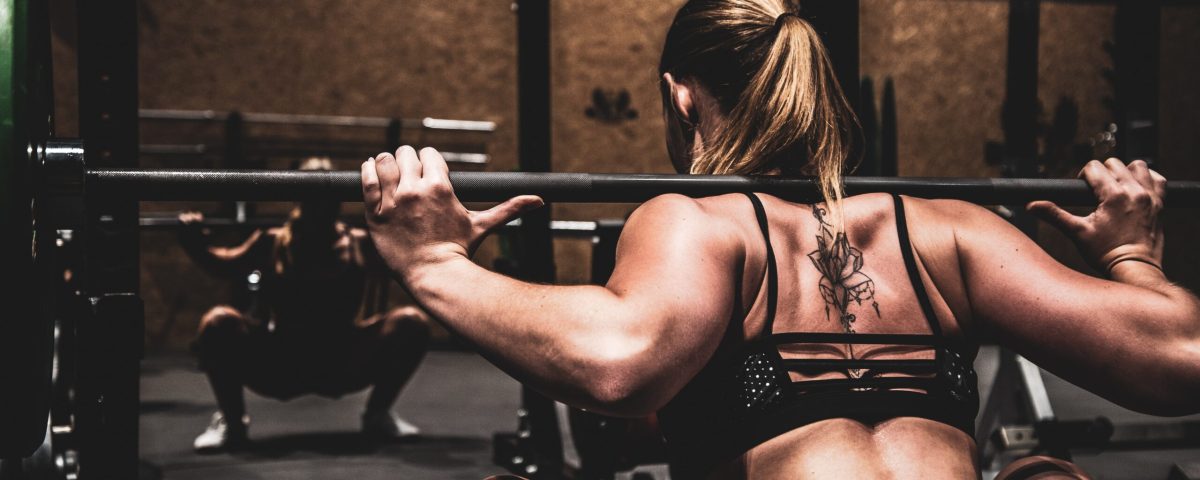self care 101 series
Part FOUR
Online advice for self care can feel overwhelming and confusing.
If you’re struggling to make self care a priority or you’re confused about what is actually helpful, keep reading.
In the final part of my self care 101 series, I’m talking about my bread and butter – exercise. There is so much online content for exercise and fitness, some of it helpful, some of it very unhelpful. Hopefully, this will help to clarify a few things for you.
exercise...it's a minefield out there

I just want to start by reiterating that there really is no one size fits all in health, we are all so different and have very different goals in life. As a physiotherapist, one of our main jobs is to improve quality of life. Now my vision of a good quality of life will be very different from yours. This leads me onto my first tip for exercising…
Goals, and goals that are actually important to you!
Before I even start to design an exercise programme for a client, we establish their goals. There are a few reasons for this. One is that there are so many exercise variations and ways to exercise that we can narrow it down by making it specific towards an end goal. For example, your strengthening programme may not be for building muscle or toning up, it might actually be because you want to run 5km every week and having stronger muscles will enhance this. So in this case I want to make sure this client has single leg strengthening exercises as that helps specifically for running. The second reason is that in order to see results from exercise, it has to be done consistently for at least a few months. If your reason for exercising is not that important to you, it’s unlikely you’ll stick with the programme. Finally, it helps to maintain motivation to exercise once you achieve these goals or can see yourself making progress towards them.
Strength training, it can’t be avoided.
Whether you’re a runner, practice yoga regularly, or have no interest in exercise but need to keep functioning in life, strength training can’t be avoided. This becomes even more true as we get older. Muscle wasting and weakening of our bones does happen as we age, but the great news is strength training is a simple and very effective way to combat this. We also need good muscle strength for daily tasks such as getting in and out of a chair, climbing stairs, reducing the risk of falling and also to be able to get up again if we do fall (not being able to get up from falling is a big cause of serious injury and death in the elderly.) Twice per week strength training (body weight, weights, resistance bands all count) is recommended for everyone. If you want to lose weight, tone up or hit specific sports goals this will need to adapted and increased for that.
Pilates or Yoga, which is actually better?
I get asked this all the time. I’m trained in Pilates originally but I also have designed yoga guides (which you can check out here). Yoga has a slight edge on Pilates when it comes to mindfulness and holistic wellness. It’s not so much an exercise form but a lifestyle, and encourages one of the other parts of this self care series – mindfulness and self compassion. Pilates on the other hand has a bit more of a strengthening focus with the set repetitions and primary core muscle focus. I personally do a bit of both, but it’s very much a personal preference. If you love yoga, just add in strength training in some other way. If you prefer pilates, make sure you’re making time for self compassion and mindfulness exercises.
Recovery time is as important.
The most common reason I see clients for an injury is from training overload and overuse. As I mentioned in Part Two of this series, we do not like too much of anything, even of a good thing like exercise. Tendons (the thing that attaches our muscle to bone – the Achilles tendon in our heel being the most known one) particularly do not like being overused. As a general rule of thumb, I recommend some form of exercise daily, but to have 48 hours between the same form of exercise. For example, Monday – Strength Training, Tuesday – Aerobic exercise (a run, swimming, a brisk walk), Wednesday – Yoga, Thursday – Strength Training, and so on. It’s hard to not overtrain if you’re training towards a specific sports event like a marathon, so it can be helpful to have guidance from a physiotherapist. I regularly work with clients in order to reduce the risk of injury and ensure their overall health is not comprised during training. It’s possible to keep a healthy balance and achieve your goals.

So there you have it. In summary, remember that you do not have be perfect with your self care or spend a fortune. Simple but consistent strategies will have a huge impact on your health, well being and quality of life.
If you would like to find out more, would like to organise a workshop or seminar with me, or work with me please just get in touch here! I would love to hear from you.
